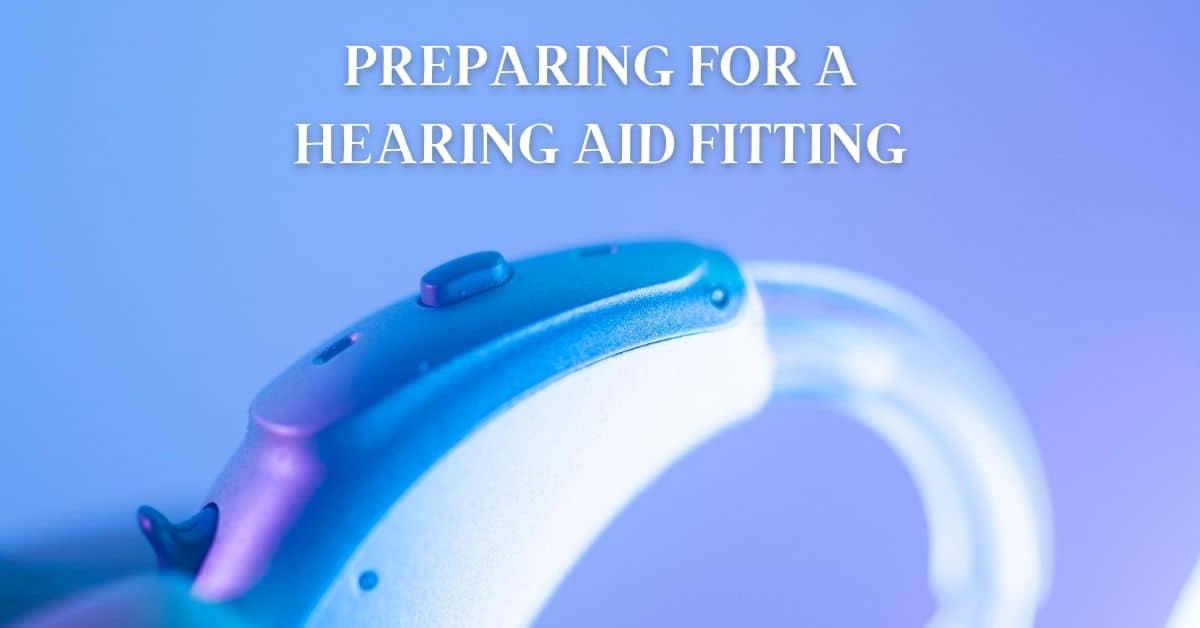
Hearing aids today are technological marvels that use tiny computers to employ what’s known as DSP – Digital Signal Processing. Far from the hearing aids of the past, which simply amplified sounds with a few adjustments to the frequency spectrum, today’s hearing aids will amplify just the frequencies you need in just the right amounts, while also limiting the maximum volume so you don’t experience pain or damagingly loud sounds when the outside sound get loud.
They also suppress feedback (the whistling sound that older hearing aids used to make) and can even be programmed to provide masking sounds for tinnitus. Some models will even differentiate between speech and background noise, amplifying the speech but leaving the background noise out.
At your hearing test, we determined your hearing abilities and now we’ll use that information to fit (program) your hearing aids for you. You have already gone over the various options available for you, discussing your lifestyle needs and priorities with us, so that we narrowed down the best model of hearing aids for you.
At that time, an order was put in for your hearing aids and now it’s time to customize them so they do the best job possible for your individual hearing loss profile.
Here are a few things you should keep in mind as you prepare to head in for your fitment.
Make Time for the Fitting Process
The fitting process is a delicate one that requires a period of your focused attention, so make adequate time and be prepared to stay a while.
Bring a Companion
You’ll be receiving a lot of information about proper care procedures for your new hearing aids and what to do in certain circumstances. It’s a good idea to bring a trusted friend or family member to help you keep track of it all. Two heads remember more than one!
Write it Down
Bring a pen and paper to take notes. We will provide literature, but it’s also a good idea to write things down in your own words to help you remember better and organize the information in a way that will work best for you.
In the time between your hearing test and your fitment appointment, it’s also a good idea to write down any questions that occur to you before the fitment so you have them at the ready when you meet with us again. It’s easy to forget things once you’re in the office and trying to remember all the information that’s coming at you, so having a list of questions will ensure you won’t forget anything while you’re there.
Be Prepared to Come Back to the Clinic
Despite the best fitment practices, nothing can truly anticipate how your hearing aids will work for you once you’re out in the world. In the first few weeks, you might very well encounter problems or have additional questions arise, and it’s not uncommon at all to need to return for additional adjustments to your fitment.
Adjusting to New Hearing Aids
Getting new hearing aids, especially if you’ve never had them before, can take some adjustment. You’ll need to get used to hearing through them, and depending on how severe your hearing loss was before you started wearing them, it might even take a while to relearn how to hear human speech.
Give it some time and wear your hearing aids every day. Statistically, after one year of wearing them, over 90% of people who get hearing aids report being satisfied with them.
Keep in mind that our team is here to help you with this process. If your hearing aids are uncomfortable or not doing what they should after a week or so, it is important that you contact us. We provide readjustments and reprogramming if necessary.
If you have any questions about the fitting process, please feel free to contact us today!
